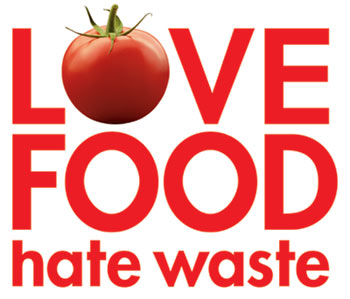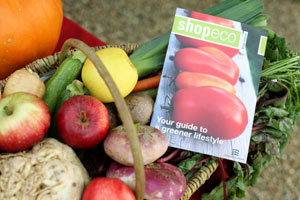Love food Hate Waste: reducing food waste. Healthy Life Essex
Home » Articles » Sustainability » Recycling » Love Food Hate Waste
Love Food Hate Waste

There is a great deal we can do to reduce the amount of waste generated from our food purchases, including the associated and often unnecessary packaging that comes with many of the products we buy. This article, supplied by Essex County Council, will provide some useful tips. Find out how to love food and hate waste
Saving food from the bin saves money and reduces our environmental impact. It takes water, energy and packaging to produce the food on our plates, so when food is thrown away all of this goes to waste.
Householders are responsible for approximately 7.2 million tonnes of food waste every year. Two-thirds of all food and drink waste is avoidable – food and drink that was edible at some point prior to being thrown away (for example a slice of bread, an apple or a slice of ham). The remaining third is split equally between possibly avoidable – food and drink that some people eat and others do not (for example bread crusts and potato skins) and unavoidable food waste – food or drink that is not edible under normal circumstances (for example meat bones, egg shells, pineapple skin and tea bags).
These are the top 10 wasted food and drink items (by weight):
- Bread

- Homemade and pre-pared meals
- Milk
- Potatoes
- Carbonated soft drinks
- Apples
- Fruit juice and smoothies
- Pork, ham and bacon
- Cakes
- Tea
The average family with children is throwing away as much as £60 worth of food every month! That’s £720 a year. But fear-not, there are lots of really easy ways to stop wasting food.
With rising bills there has never been a better time to make some small changes to love food and hate waste. Here are some simple steps to get you started:
- Check you fridge; keep your temperature at a cool 1-5°C and your food will last longer
- Make a list when you go shopping, this way you only buy what you need. This will also help you plan your meals for the week
- Store food in air tight containers to make it last longer
- If you struggle to eat your veg in time, then make use of your freezer and buy frozen vegetables. They are also great for emergency dinners!
- If you find your often throwing away food from meal times, then it’s time to find the perfect portions sizes see Love Food Hate Waste for portion tips.
- We throw away 1.6 million bananas every day; if you have too many you can freeze them. When you want them take out and put them into bags. Use them in smoothies or bake them in the oven with a bit of honey dripped on top for a nice dessert. Delicious and nutritious! You could even defrost them and eat them raw, but you’d have to do it within half an hour.
- We throw away 7 million whole slices of bread every day in the UK: keep bread fresh in the freezer and just defrost slices when needed.
- When buying loose fruit and vegetable, simply pop them in the trolley without the plastic bag. Bananas, like other fruit and veg have their own protective skin and therefore don’t need any packaging.
For more great tips to reduce your food waste, visit Love Food Hate Waste’s tips, or find lots of tasty recipes to use up your leftovers.
What should I do with food waste?
The best thing is to avoid food waste where possible, but we understand that some items cannot avoid  the bin completely. Raw fruit and vegetable peelings can easily be composted in the garden. Bones, cooked foods, meat and dairy products can be placed in your food caddy for recycling.
the bin completely. Raw fruit and vegetable peelings can easily be composted in the garden. Bones, cooked foods, meat and dairy products can be placed in your food caddy for recycling.
Food waste should never be put in the general waste bin. When food waste is buried in landfill, it decomposes anaerobically (without air) producing methane, which is a greenhouse gas 20 times more powerful than carbon dioxide. Reducing just one tonne of food waste will save 4.5 tonnes of carbon dioxide being released into the atmosphere.
See our article on Home Composting for more information
Please let us know if you have any food waste questions by emailing waste.management@essex.gov.uk or visit Love Food Hate Waste for lots of helpful tips and advice.
Article provided by Essex County Council September 2017
